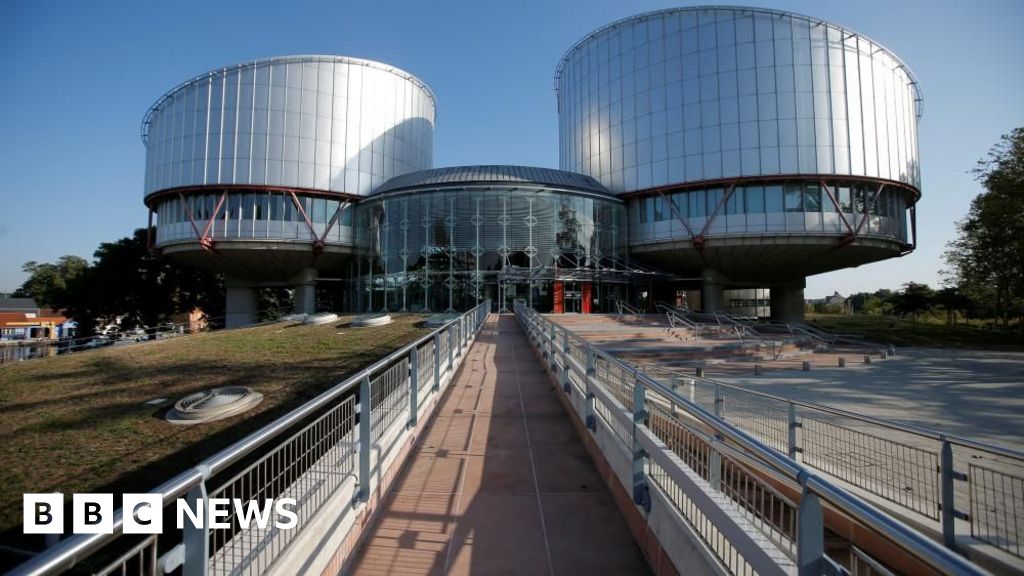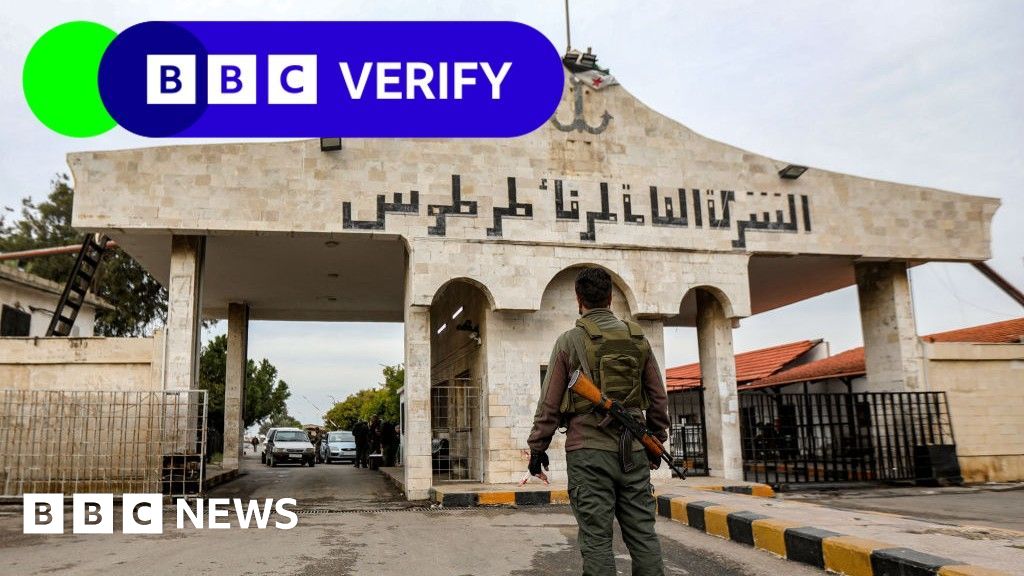ARTICLE AD BOX
 Image source, INSTAGRAM/@bsteinbekk/Reuters
Image source, INSTAGRAM/@bsteinbekk/Reuters
By Hermann Gunnarsson
Reykjavik, Iceland
The resilient community of Grindavik has for the past weeks and months experienced the relentless forces of nature, once again proving why Iceland is often called the "Land of Fire and Ice."
Three homes in this town on the Reykjanes peninsula in southwest Iceland were destroyed this month when molten lava spewed through two fissures created by the Svartsengi volcanic system.
Once a thriving fishing village with vibrant sports teams and a youthful population, Grindavik now lies empty. Its people have fled and are beginning to face up to the realisation they may never be able live there again.
So uncertain is their future, one woman said she wished her home had been swallowed up by lava.
Image source, Getty Images
Image caption,Lava flowed into Grindavik on 14 January, burning houses in its path
Over the past three years, the peninsula - approximately the size of the West Midlands in the UK - has witnessed five volcanic eruptions.
On 10 November, faced with an alarming number of earthquakes and suspicions of magma beneath the town, Iceland's authorities ordered the evacuation of Grindavik, home to approximately 3,800 residents.
Over the following days it became clear that several homes had been completely ruined by seismic activity. Residents hoped to return home as the frequency of the earthquakes diminished - but in mid-December, a strong eruption began in the nearby Sundhnuks crater series, lasting three days.
I witnessed the eruption myself then three hours after it had begun I drove home.
Along the road from the capital, Reykjavik, to Keflavik airport which leads to my town, Reykjanesbaer, I caught sight of fissure almost 4km in length, spewing molten lava. It felt as though I was watching the gates of hell opening.
Grindavik was spared for the time being -the eruption took place about 3km (1.85 miles) away - but additional fissures were subsequently discovered in the town, prompting authorities to close them and begin repairing damaged infrastructure.
Tragedy struck on 10 January when a man working in the town fell through one of the crevasses. After a brief search, the operation was halted due to the dangers involved.
Four days later, another eruption began perilously close to Grindavik.
From the Icelandic civil protection's central command centre in Reykjanesbaer, I witnessed the live feed of the eruption from the Sundhnuks crater series.
Image source, Hermann Gunnarsson
In the weeks leading up to the January eruption, the government had decided to erect protective walls in an attempt to prevent lava flowing towards Grindavik and the nearby Svartsengi geothermal power plant.
For the first few hours the protective walls proved helpful, though the fissure had to some extent opened through one of the walls.
That meant some lava flowed toward the town, but the walls kept most of it at bay.
Around noon on 14 January, I was watching with other reporters next to the protective walls in Grindavik, when I and others caught sight of smoke appearing from behind the walls, from the town itself.
The sheer size of the protective walls prevented us from seeing what was causing the smoke.
However, an eerie feeling struck me that this might be another fissure opening behind the walls, leaving the town completely unprotected.
In the next few minutes, those fears of mine were realised.
A fissure had opened less than 100m away from houses in Grindavik, and every first responder I spoke to on the scene came to the conclusion that now there was really nothing that could be done to save the houses.
Watch: Buildings swallowed by molten rock as lava reaches Icelandic town
We were witnessing the most extensive natural disasters Iceland had seen for 51 years.
Glued to their TVs, Icelanders watched as lava engulfed the first houses - a surreal and heart-breaking spectacle. Though the eruption was short-lived, three houses were lost.
Now into February the people of Grindavik find themselves scattered across the country, unable to live in their hometown.
Pall Valur Björnsson has had to leave his Grindavik home for Reykjavik and feels the government has not sufficiently managed to help ease the uncertainty that the town's population feel about their future.
Pall Valur Björnsson
It is clear the responders were in no way prepared for an event like this
"So far, all [their] actions have been characterised by haste and bewilderment, and information given to the residents of Grindavik has confused people rather than solving problems," he complained.
"All the administration surrounding the efforts has been completely unacceptable, and it is clear the responders were in no way prepared for an event like this, which is absolutely incredible considering that these earthquakes and eruptions started three years ago."
Their lives have been upended since 10 November. They have not been given a return date by authorities, and it's not clear if the town will ever be safe to live in. Even if residents are allowed back, some may be too traumatised to return.
They also face the financial burden of mortgages on houses they cannot live in.
Icelanders and their government are united in offering help. The town's residents are receiving housing benefit and parliamentary bill will aim to alleviate their problems.
When Bryndis Gunnlaugsdottir told a meeting of Grindavik residents in January that she wished the lava had destroyed her house too, she was greeted with thunderous applause..
Such a level of despair is hard to imagine, but when I asked her about it, it somehow made sense.
Bryndis Gunnlaugsdottir
I said I wanted my house under lava because then there would be an end to the uncertainty
"It's been 80 days since the evacuation took place. In those 80 days, the people of Grindavik have not had a home," she explained. "Our community is hurting, and we have no idea what the future holds for us."
Detailing the evacuation and closure of Grindavik and the death of a man in the town, she said there had been too many tragedies.
"I said I wanted my house under lava because then there would be an end to the uncertainty. I'd be compensated and could build a new life and focus on the emotional pain that follows losing a community, at least for some time.
"I feel many residents of Grindavik agree uncertainty is the worst enemy now."
Grindavik's fate is unknown, although its community holds on to the hope of going back.
There is no way of telling when or where the next eruption will begin on the Reykjanes peninsula. But Icelandic scientists mostly agree that it is not a matter of if but when.

 11 months ago
20
11 months ago
20








 English (US) ·
English (US) ·